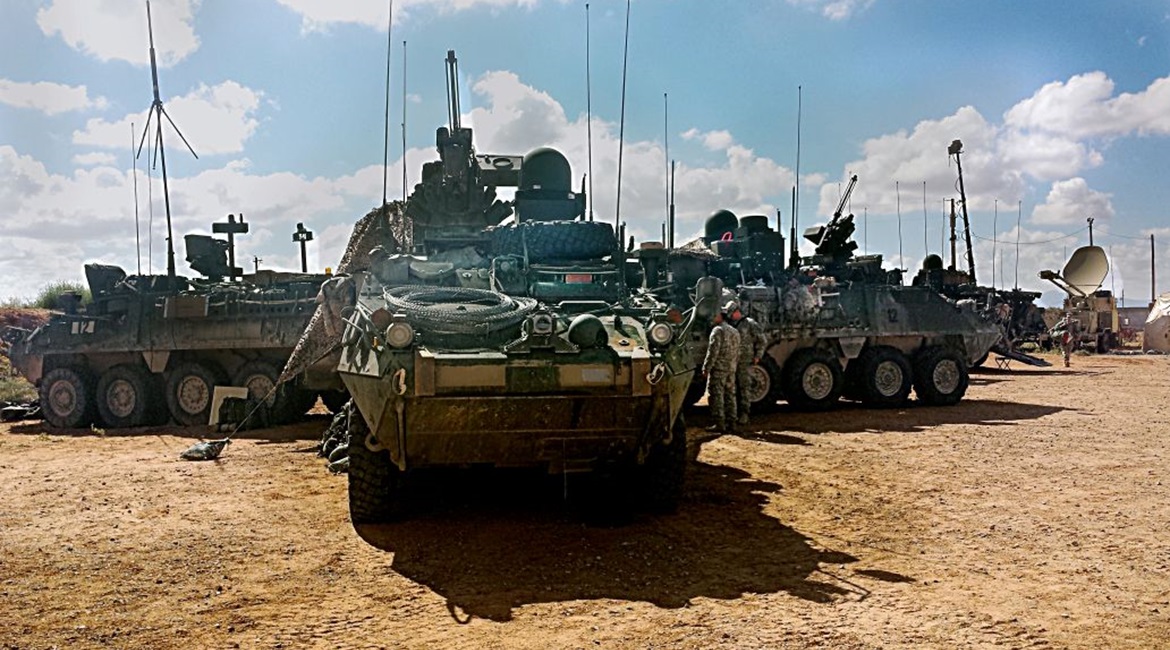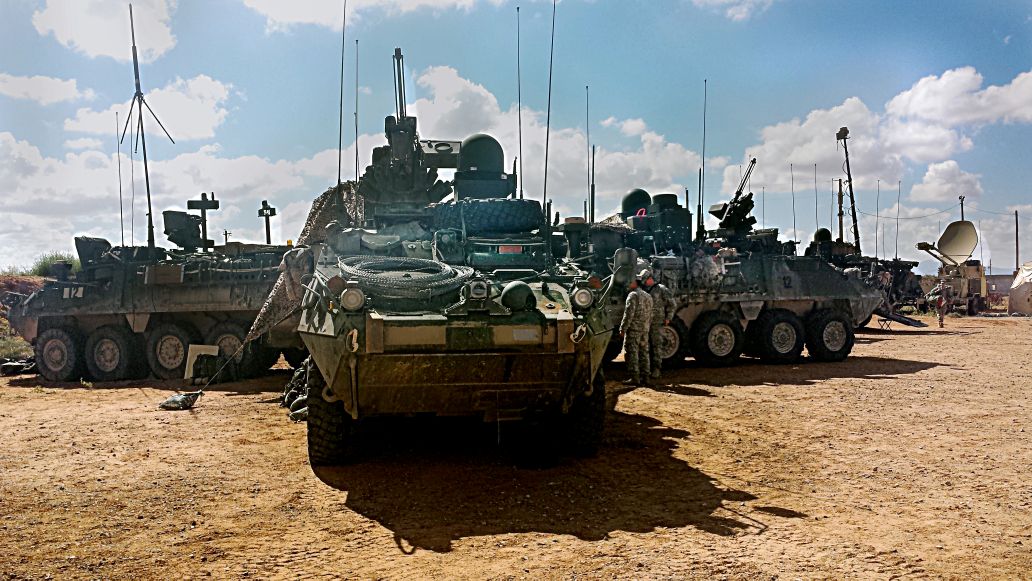
New pieces of communications equipment have accompanied the US Army’s 2nd Security Force Assistance Brigade (SFAB) on its deployment to Afghanistan, and soldiers’ operational feedback is expected to help guide network modernisation plans and the road ahead for the Integrated Tactical Network (ITN).
Army leaders have since detailed tentative plans to revamp the service’s network as part of an ongoing effort to veer away from the Warfighter Information Network – Tactical (WIN-T) and towards one deemed better suited to support soldiers during peer-on-peer conflict.
Enter the ITN, an effort designed, in part, to enable soldiers to operate in secret and ‘secure but unclassified’ (SBU) environments by using legacy radios with advanced networking waveforms, commercial-off-the-shelf (COTS) radios, small aperture satellite terminal, servers, and more. The service is experimenting with a variety of ITN components and technologies, including rolling out some of the capabilities to deployed SFABs, for an ITN design decision and associated buy in fiscal year 2020 (FY 2020). In FY 2021, the service wants to begin fielding four brigade combat teams’ worth of equipment.

Soldiers from 1st Stryker Brigade Combat Team, 1st Armored Division, operate Stryker vehicles equipped with WIN-T Increment 2 (WIN-T Inc 2) networked systems in 2014 at Fort Bliss, Texas. The service is now moving away from WIN-T and eyeing an ITN design decision in FY 2020. (US Army)
“The ITN is what we provide to manoeuvre brigades,” the programme executive officer for Command, Control, and Communications-Tactical (PEO C3T), Major General David Bassett, told Jane’s on 10 April. “The ITN is not part of WIN-T, but the WIN-T capability is in the field so it will have to be integrated into that, along with all the new stuff.”
Looking to read the full article?
Gain unlimited access to Janes news and more...